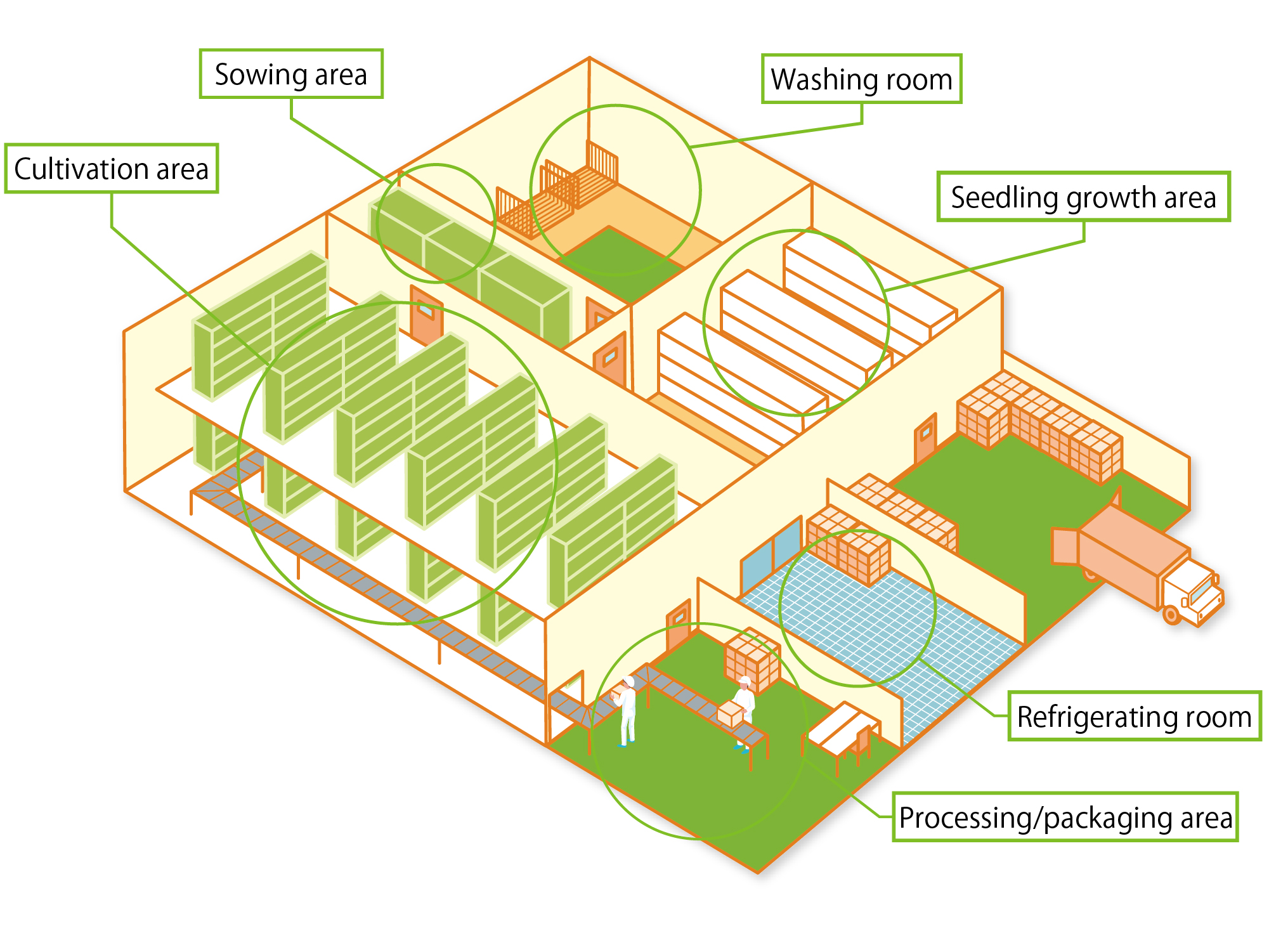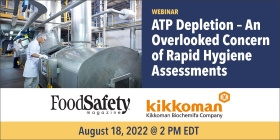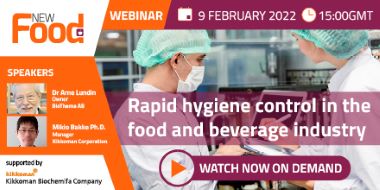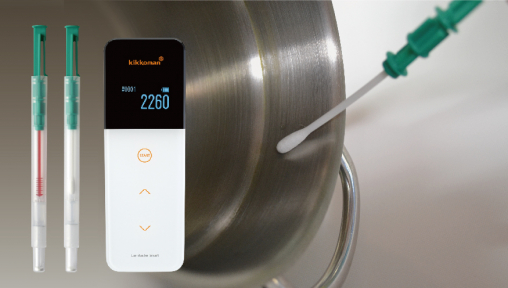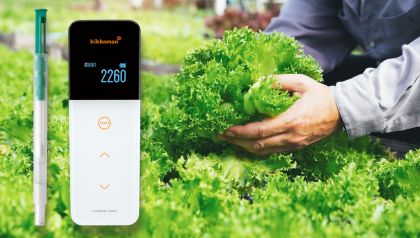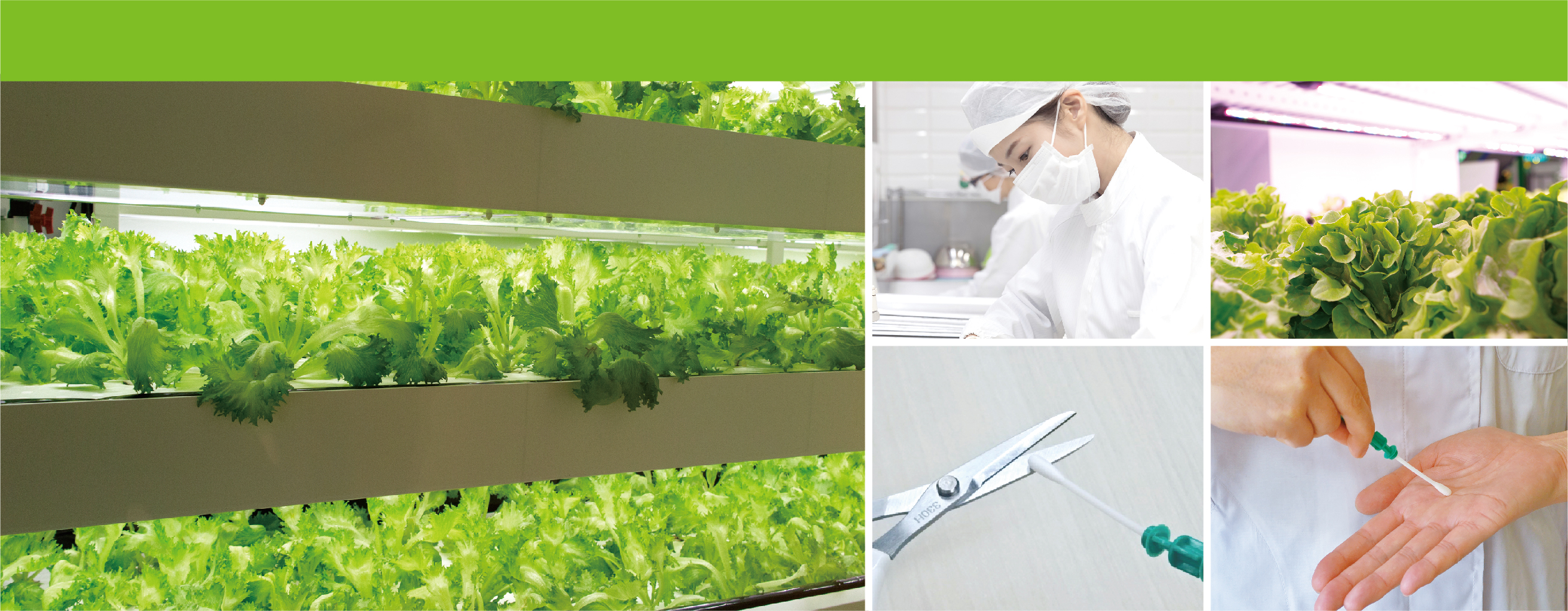
Ứng dụng trong tiêu chuẩn JAS, chương trình HACCP và GAP trong chế biến thực phẩm!
(Dành cho vệ sinh môi trường và đào tạo vệ sinh cho nhân viên)
Phương pháp kiểm tra dựa trên ATP đã được đưa vào Tiêu chuẩn Quốc gia Nhật Bản (JAS) về an toàn vệ sinh trong chế biến rau lá.Đây là sự công nhận quan trọng về hiệu quả của việc sử dụng ATP trong các ứng dụng vệ sinh thực phẩm thiết yếu. Nhờ công nghệ A3 với Lumitester Smart và LuciPac A3 Surface, việc giám sát vệ sinh được thực hiện trong mọi giai đoạn: trồng trọt, thu hoạch, đóng gói, vận chuyển.
*JAS = Tiêu chuẩn Nông nghiệp Nhật Bản
Kiểm tra ATP (công nghệ A3) được sử dụng rộng rãi tại nhiều địa điểm.
Nhờ công nghệ A3, việc giám sát vệ sinh trong nhà máy trồng rau được thực hiện xuyên suốt từ trồng trọt đến vận chuyển.

ATP Test (công nghệ A3) là gì?
Vi khuẩn gây bệnh và các chất ô nhiễm không thể nhìn thấy có thể tồn tại khắp nơi trong nhà máy chế biến thực phẩm. ATP Test (công nghệ A3) là phương pháp kiểm tra nhạy, đo mức độ vệ sinh bề mặt bằng ATP làm chỉ số ô nhiễm. Khi phát hiện, các rủi ro do ô nhiễm còn sót lại có thể giảm bằng cách làm sạch lại khu vực. Khả năng đánh giá hiệu quả làm sạch còn là công cụ đào tạo vệ sinh cho nhân viên, giúp nâng cao nhận thức về vệ sinh bề mặt và rửa tay đúng cách.
-
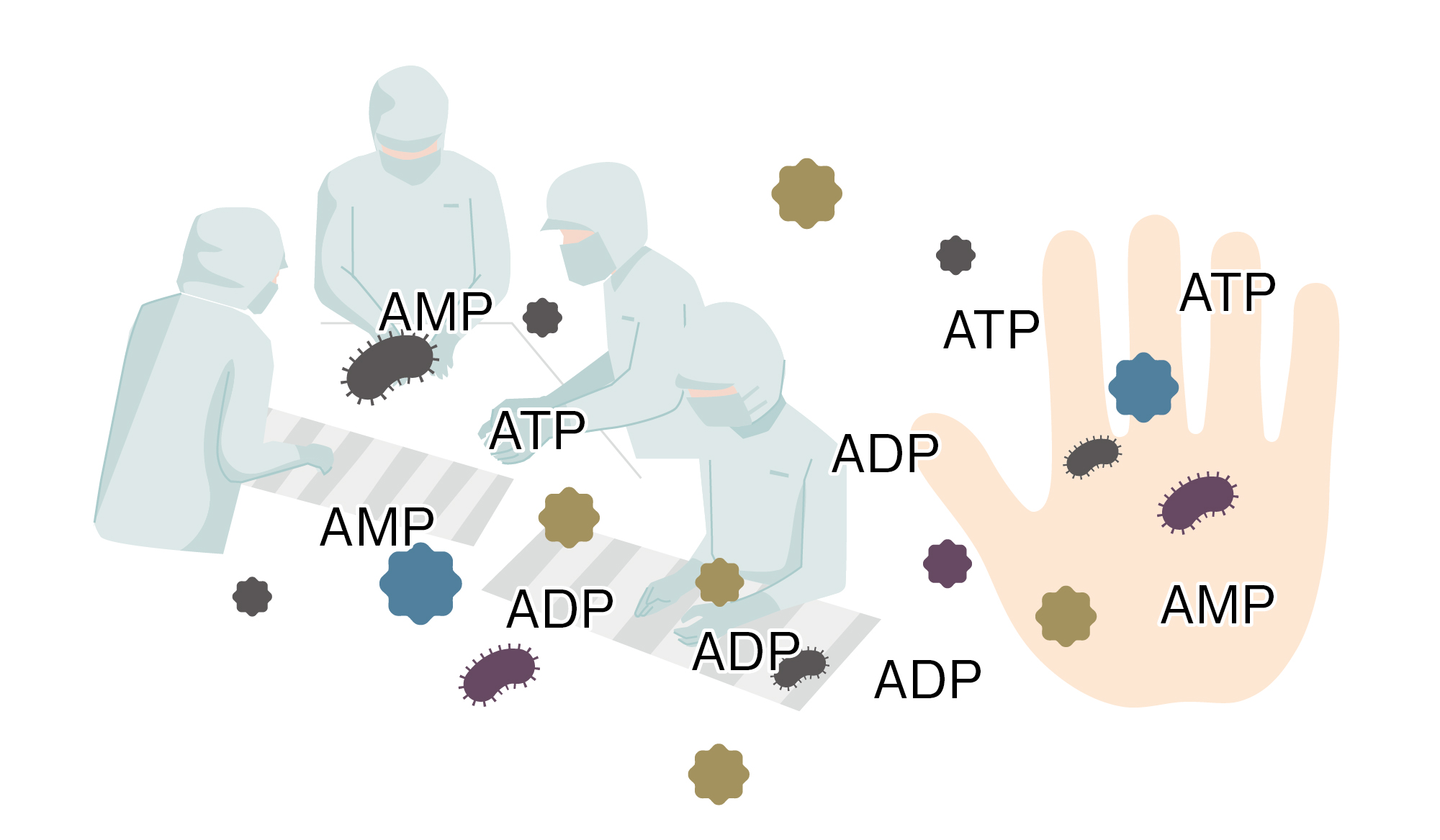
Trước khi làm sạch
Mức A3 cao (ATP + ADP + AMP) cho thấy việc rửa tay chưa đạt, tiềm ẩn nhiều vi khuẩn và chất bẩn.
-
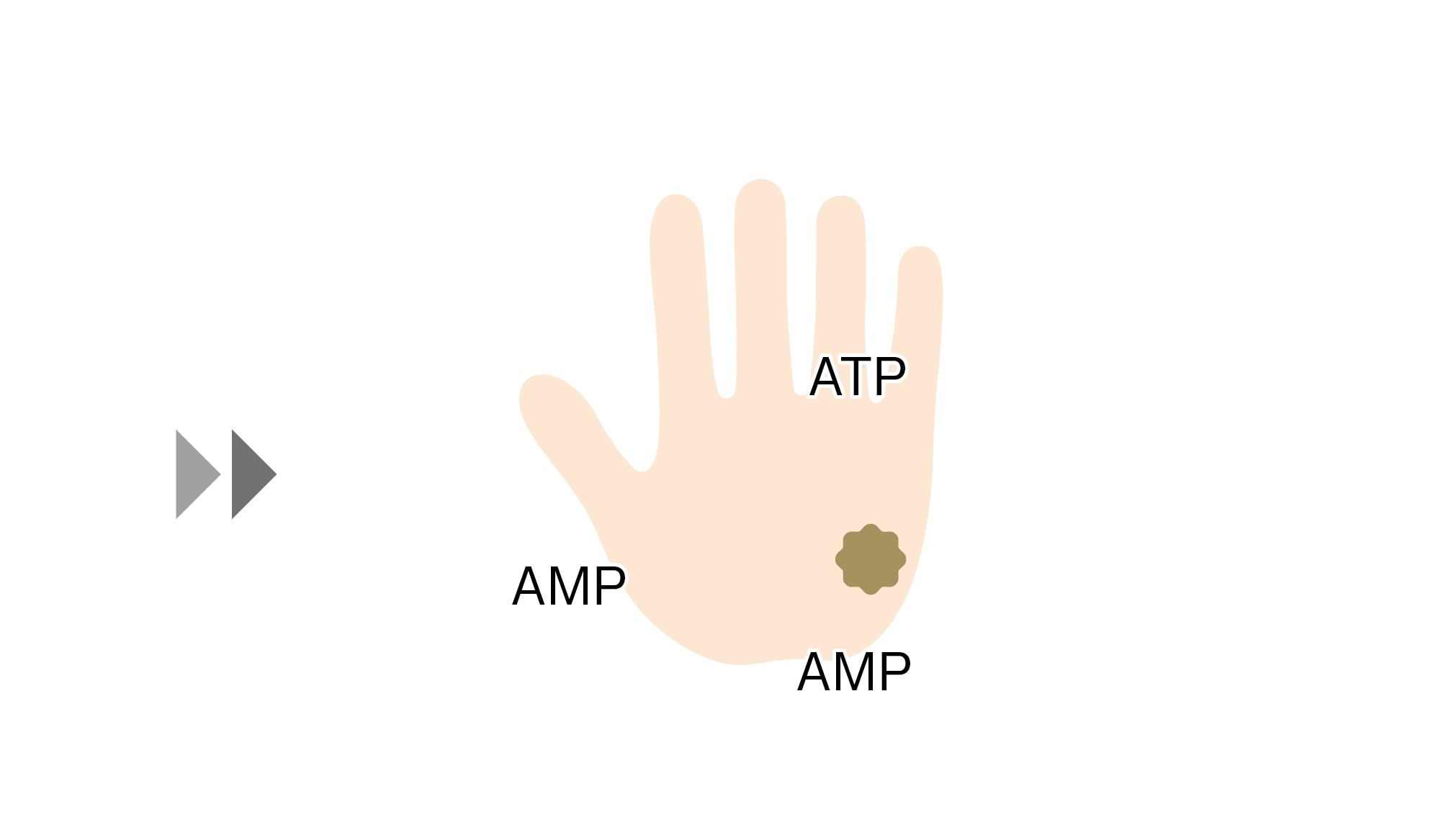
Sau khi làm sạch
Sau khi rửa tay, mức A3 giảm chứng tỏ vi khuẩn và chất bẩn đã được loại bỏ nhờ rửa tay đúng cách.
-
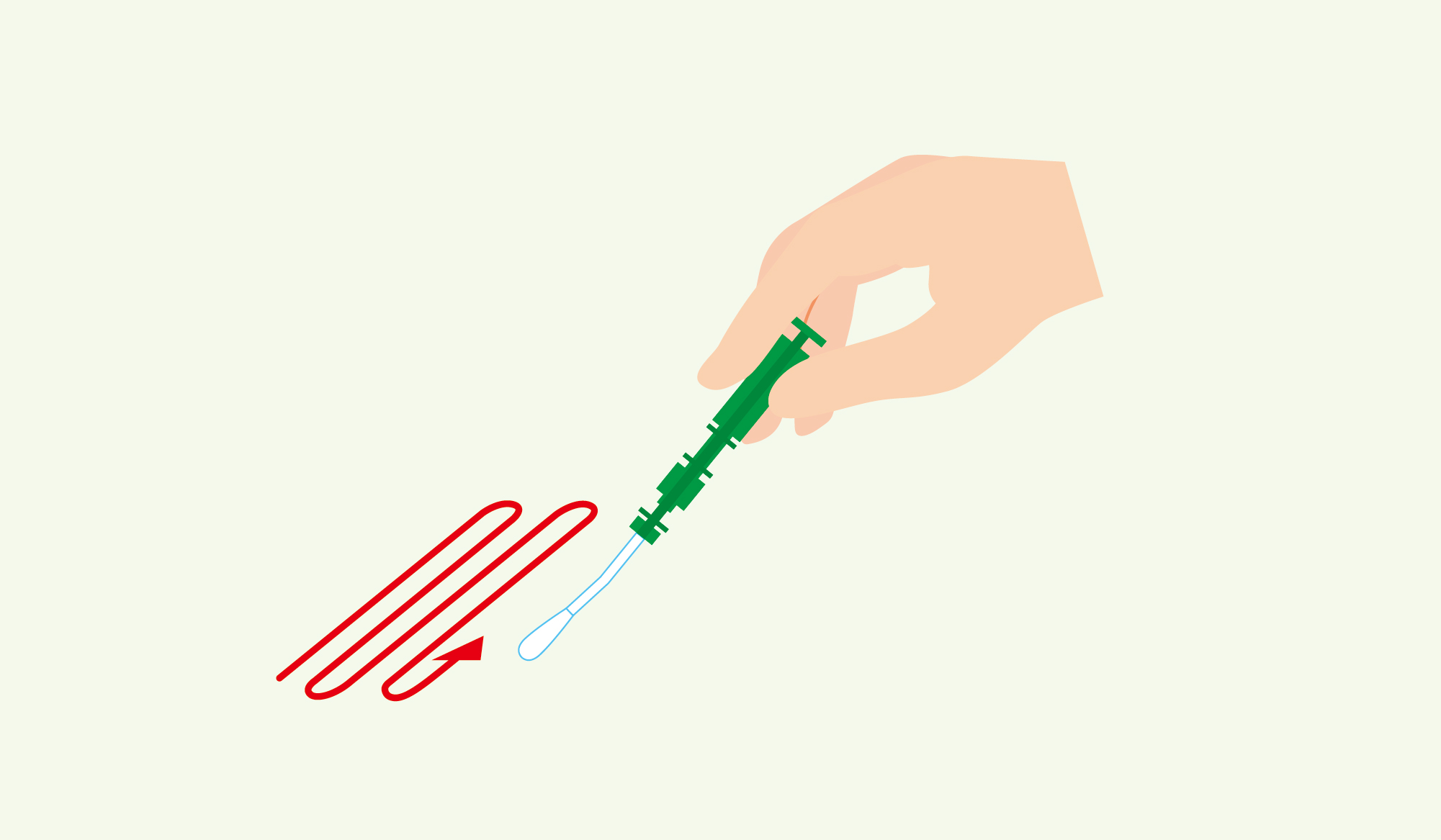
ATP Test (công nghệ A3) – cách đơn giản để kiểm tra độ sạch!
Ví dụ ứng dụng
Kiểm tra ATP đã được sử dụng tại các cơ sở sản xuất thực phẩm hàng chục năm.Kiểm tra ATP (công nghệ A3) chỉ mất 10 giây, giúp nâng cao ý thức vệ sinh và quản lý máy móc, cơ sở vật chất, thùng chứa… theo HACCP và nhiều tiêu chuẩn quốc tế – giải pháp nhanh chóng và hiệu quả cho an toàn thực phẩm.
Ví dụ giá trị chuẩn theo vị trí kiểm tra
| Vị trí kiểm tra (ví dụ) | Giá trị chuẩn tham khảo (RLU) |
|---|---|
| Tay | ≦2000 |
| Khay thu hoạch, thớt, băng chuyền, kệ tủ lạnh, bồn nước, bảng trồng (nhựa) | ≦200 |
| Kéo, dao, bàn làm việc, tay cầm tủ lạnh, bồn rửa (thép không gỉ) | ≦500 |
*Nếu kết quả vượt giá trị chuẩn, có thể do làm sạch chưa đạt.
*Giá trị chuẩn thay đổi tùy điều kiện và cần xem xét định kỳ.
*Thiết bị tiếp xúc trực tiếp với rau lá là điểm kiểm tra quan trọng.
*Theo HACCP, rửa tay vệ sinh vẫn quan trọng ngay cả khi đeo găng tay.
